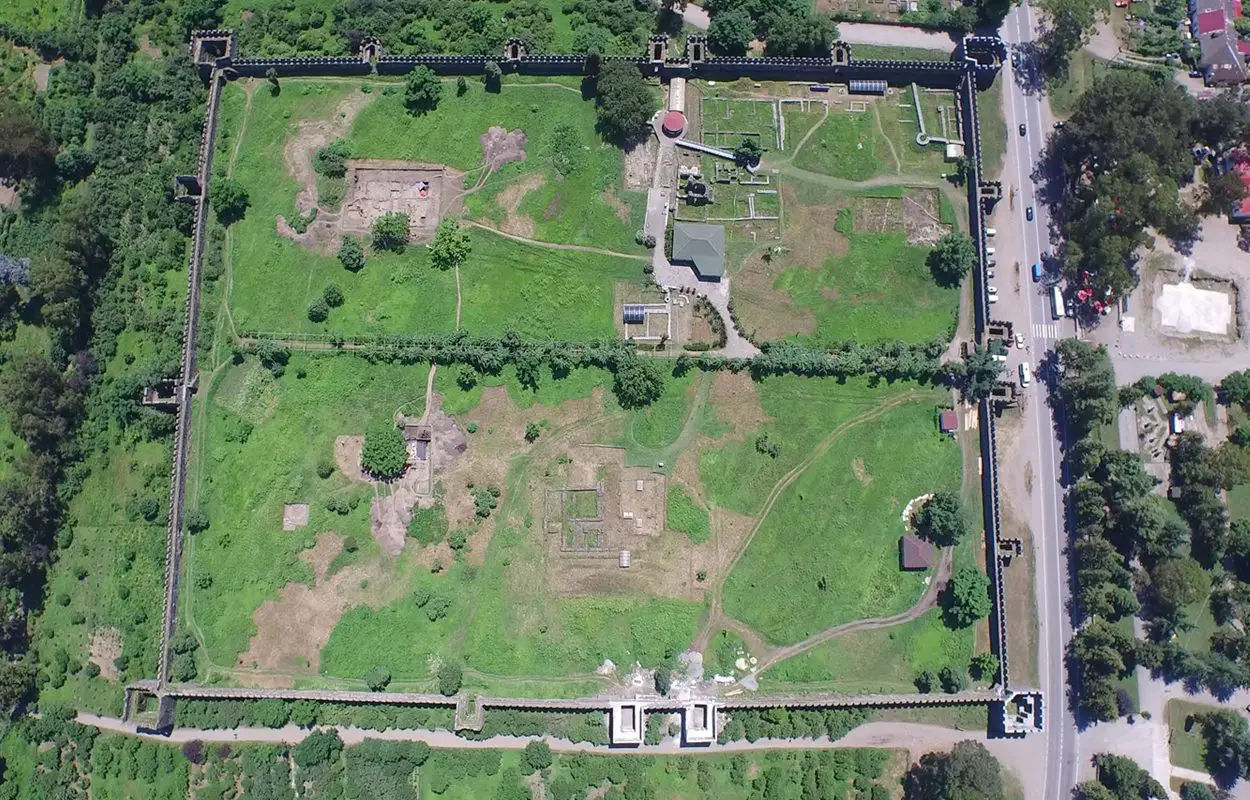Archaeologists conducting excavations at the Roman fort of Apsaros in Adjara, Georgia, have uncovered evidence of the Legio X Fretensis.
The Legio X Fretensis “Tenth legion of the Strait”, was a legion of the Imperial Roman army formed around 41/40 BC.
The legion was centrally involved in the Great Jewish Revolt (AD 66–73), the first of three major rebellions by the Jews against the Roman Empire.
Around AD 70, most of Roman rule was restored in Judea except for several fortresses and Jerusalem. The city was placed under siege by the X Fretensis, in conjunction with the V Macedonica, XII Fulminata, and XV Apollinaris.
After several battles, Jerusalem and the Second Temple was destroyed, with contemporary historian, Titus Flavius Josephus, stating: “Jerusalem…was so thoroughly razed to the ground by those that demolished it to its foundations, that nothing was left that could ever persuade visitors that it had once been a place of habitation.”
The X Fretensis was also the primary force in the assault on the Herodium, and the famous siege on one of the last strongholds of resistance at Masada.
According to contemporary historical text, the X Fretensis was garrisoned in Judaea (20 BC), Syria (AD 6-66), Jerusalem (AD 73 to late 3rd century AD), and Aila (late 3rd century AD). However, excavations at the Roman fort of Apsaros in Adjara, Georgia, have uncovered evidence of the X Fretensis through the discovery of hundreds of bronze coins.

Most of the coins come from Syrian Antioch and Judea, for which many have been stamped in a practice known as countermarking. A coin that is countermarked has additional marks or symbols punched into it after it was originally produced while in circulation.
Countermarking can be done for a variety of reasons. One such scenario arises when a currency undergoes a reform, rendering existing coins obsolete. To address this, coins already in circulation can be marked with the updated value based on the new currency system.
This practice serves to prolong the lifespan of the existing coins, presenting a potentially more cost-effective solution in certain situations compared to recalling, melting, and producing replacement coins.
Dr. Jaworski from the Faculty of Archaeology at the University of Warsaw said: “They were used to ‘extend the life’ of coins when the original stamps were almost invisible after several decades of use. In this case, the countermarks belonged to the Legio X Fretensis.”.
The coins likely originate from the treasury of Judea and were transported by the X Fretensis on their way to campaign against the Parthians during the reign of Emperor Trajan at the beginning of the 2nd century AD.
“Local coins were not minted at Apsaros, so the legionnaires used their own coins when purchasing wine or bread. They were small denominations used every day to buy food or services,” said: Dr Jaworski.
Header Image – Apsaros – Image Credit : კოლხი





